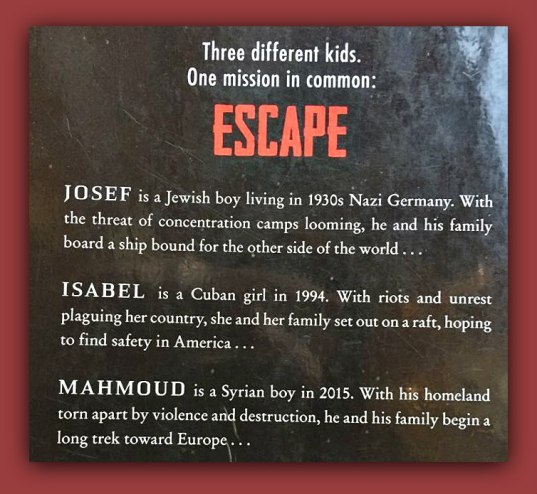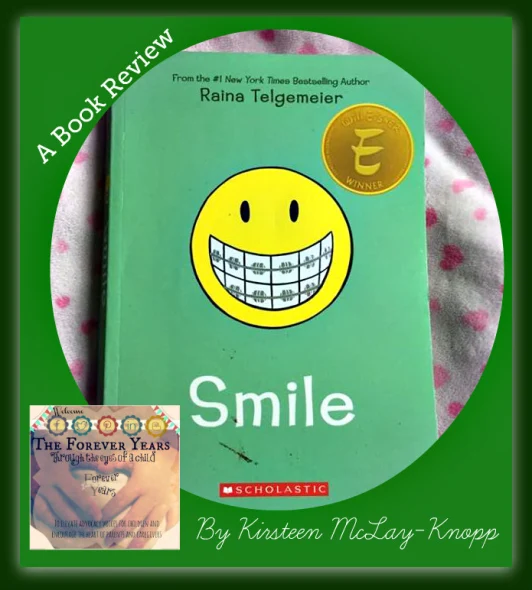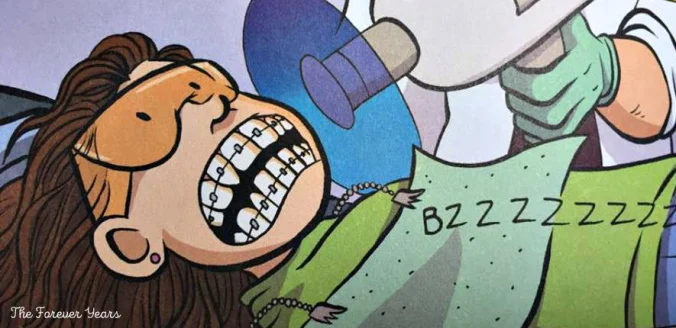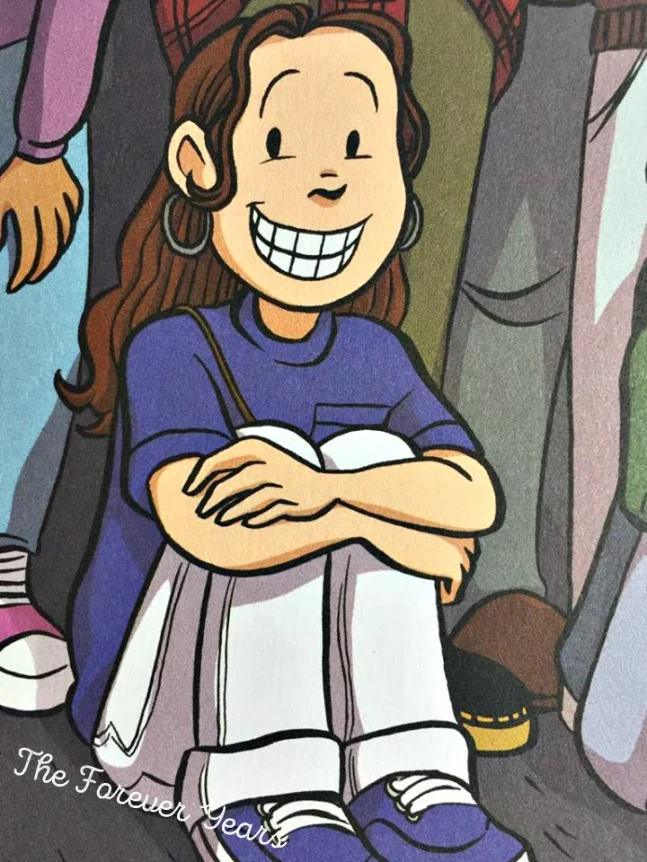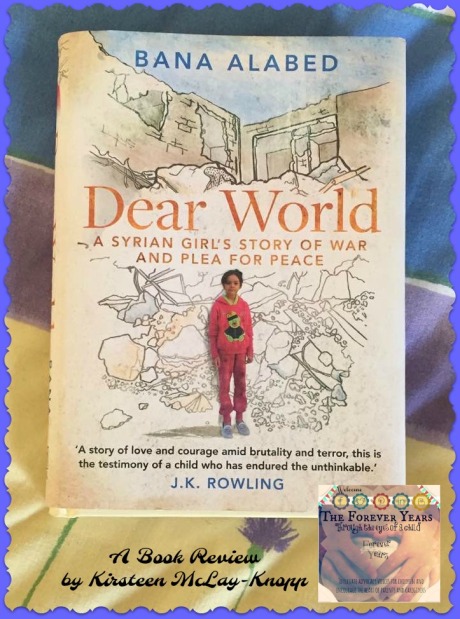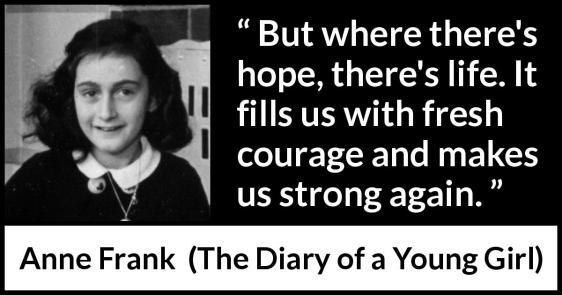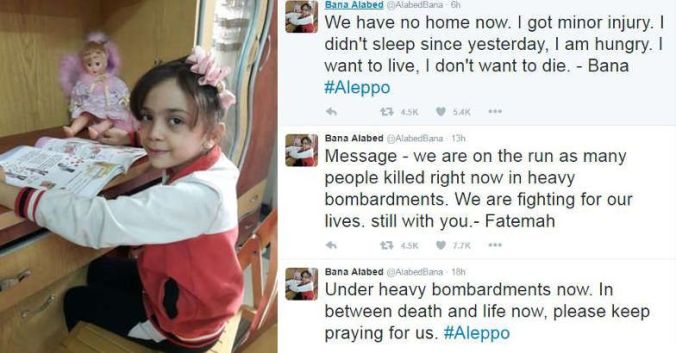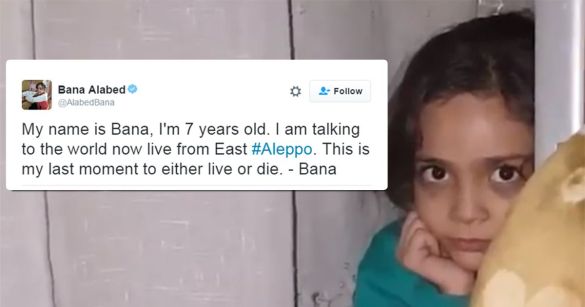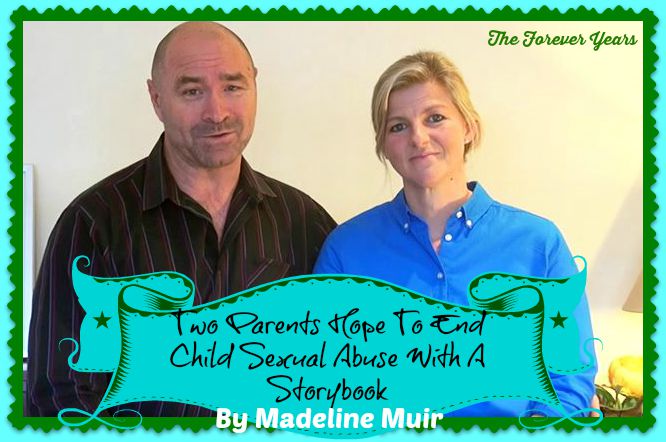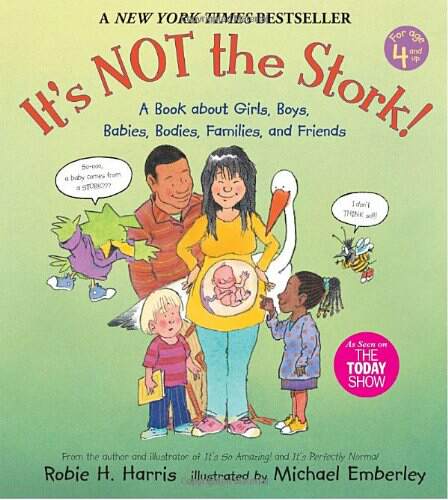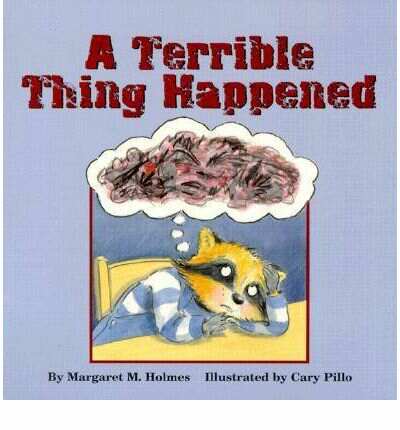Refugee by Alan Gratz is a New York Times best seller, and for good reason. I came across Refugee when my fourteen year old son was reading it for school. My husband then read it and raved about it, so I decided to read it too.
Refugee follows the stories of three young refugees (all about 11 to 14 years old) from three very different cultures and time periods.
Initially, before reading the book, I thought to myself, “Why not a Vietnamese or Cambodian Refugee?” I have lived in Vietnam (Hanoi) for three years and have a number of Vietnamese former refugee friends. During my time in South East Asia I travelled extensively and also visited Cambodia. As well as this, during my childhood, a number of refugees from both Cambodia and Vietnam came to my home country, New Zealand, and I attended school with some of them. A Cambodian or Vietnamese young person would also fill the “timeline gap” in Gratz’ book, as most of these refugees were making their journeys from the mid 1970s.
There are refugees from numerous other countries and time periods throughout the 20th Century too.
The United Nations High Commission for Refugees defines a “Refugees” as:
“…people who have fled war, violence, conflict or persecution and have crossed an international border to find safety in another country. They often have had to flee with little more than the clothes on their back, leaving behind homes, possessions, jobs and loved ones.
Refugees are defined and protected in international law. The 1951 Refugee Convention is a key legal document and defines a refugee as: ‘someone who is unable or unwilling to return to their country of origin owing to a well-founded fear of being persecuted for reasons of race, religion, nationality, membership of a particular social group, or political opinion.’ By the end of 2017, there were 25.4 million refugee men, women and children registered across the world”. Source: https://www.unhcr.org/what-is-a-refugee.htm
There have always been refugees throughout history. Unfortunately mass human displacement has intensified during the 20th and 21st Centuries. Battles have never just been between soldiers of opposing sides, but recent conflicts have become, more and more, centred in our cities and towns, effecting ordinary men, women and children. Our weapons have become more destructive. As well as this, there are “environmental refugees”, those fleeing natural disasters, some of which have come about through “global warming” and human created environmental issues.
As I read Refugee it became clear that the three stories (of Josef, Isabel and Mahmoud) are very cleverly connected. There is a reason for the Gratz’ choice of these three. Through connecting them, the book shows, without needing to state it directly, the interconnectedness and commonality of all humanity: across cultures, faiths, times and places.
The characters in Refugee are fictional, but Gratz has successfully entered their hearts and souls. Each is a “real” child with hopes, fears and dreams, set in the context of their own nationality/ religion/ race. At the end of the book Gratz describes the inspiration behind each character, as well as minor characters in the stories who are real people, as are the events from history. My husband says he found the book “confronting”. I agree, but I also found it compelling: the stories are interspersed: first Josef, then Isabel, then Mahmoud, then back to Josef and so on. The chapters end on “cliff hangers” and we want to read on, not only to see what will happen, but also because, as the interconnectedness of the three stories becomes apparent, they are also fascinating. We all know that the journeys made by refugees are dangerous, life and death ventures. We become embroiled in their worlds, we worry for them and hope for their eventual safety: elements that definitely make this book a page turner.
For me personally, I found that Refugee connected with my sense of humanity and social justice. As a mother, I thought of how I would hate my children to go through ordeals like those suffered by the children in the book. Refugee children are among the world’s most vulnerable and are often go without health care and education, due to being “on the run” and “countryless”. They also suffer from the trauma of things they have seen and experienced, things which are sewn into the fabric of the “forever years” of their childhoods. Many refugees and former refugees whom I have known personally say that they never expected to have to leave their homes. We never know what the future will hold: it is a situation which no one would want to find themselves in, but which could happen anywhere. Gratz expresses this in Refugee, particularly through his tying together of Josef, Isabel and Mahmoud’s stories. This is a powerful book, by a skilled author, which young people– indeed any people– should read to understand the human face of this very important world issue.

